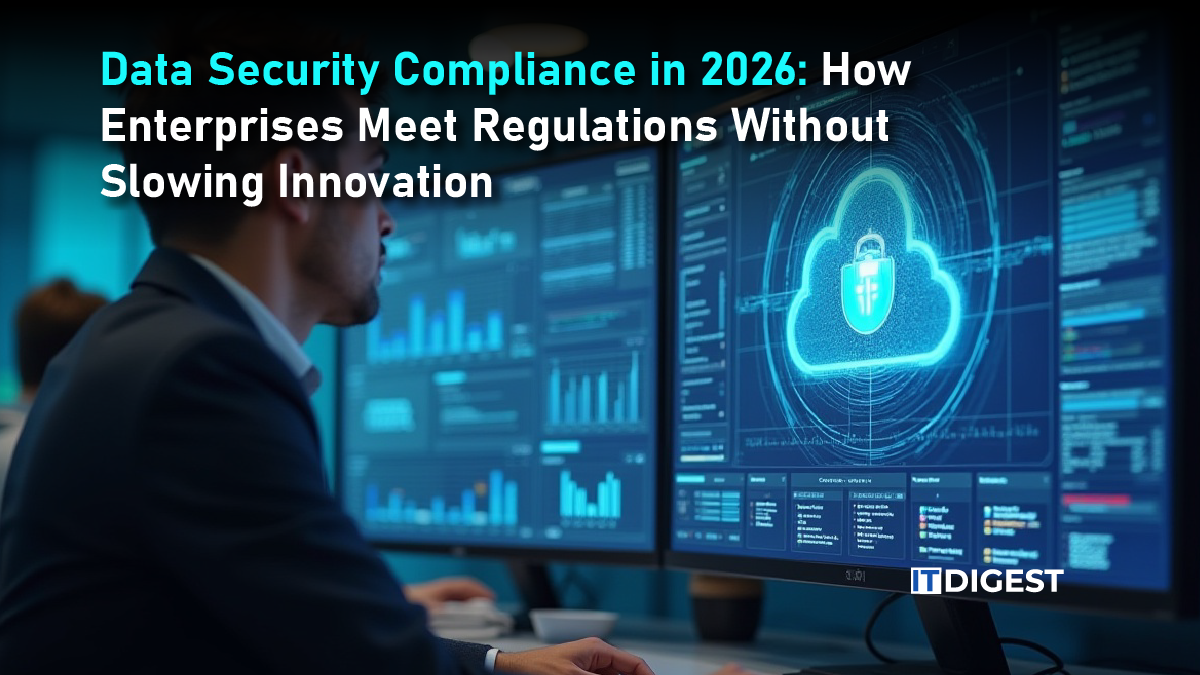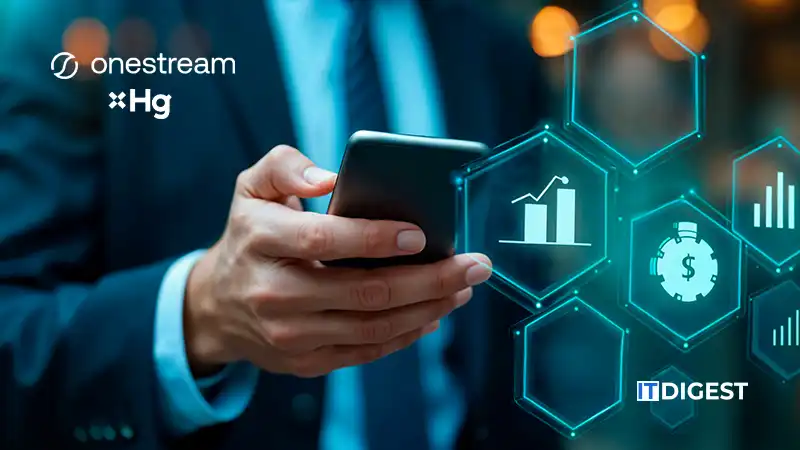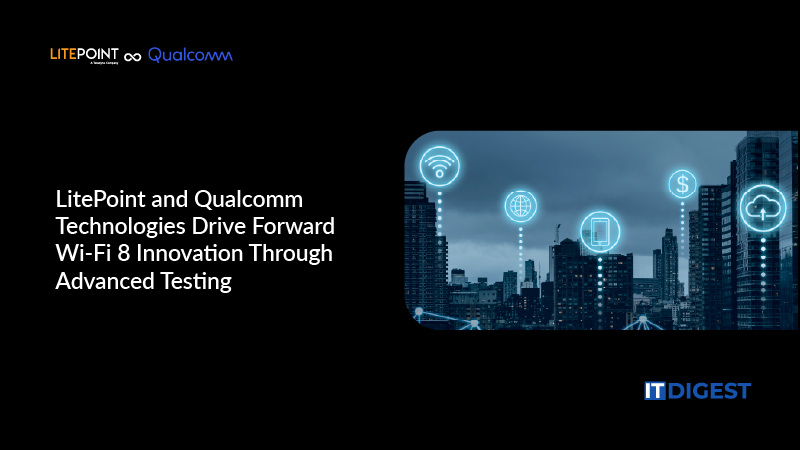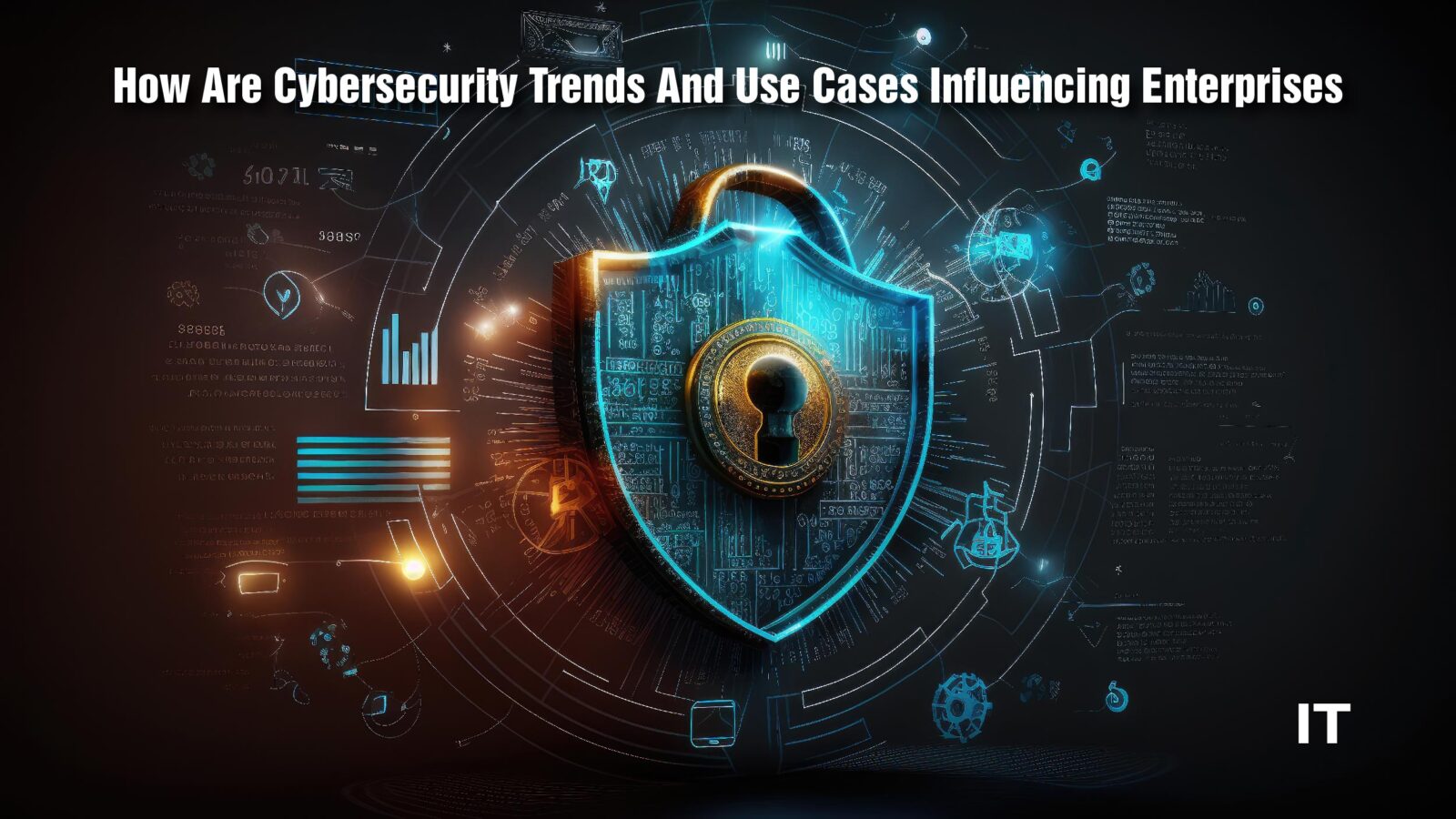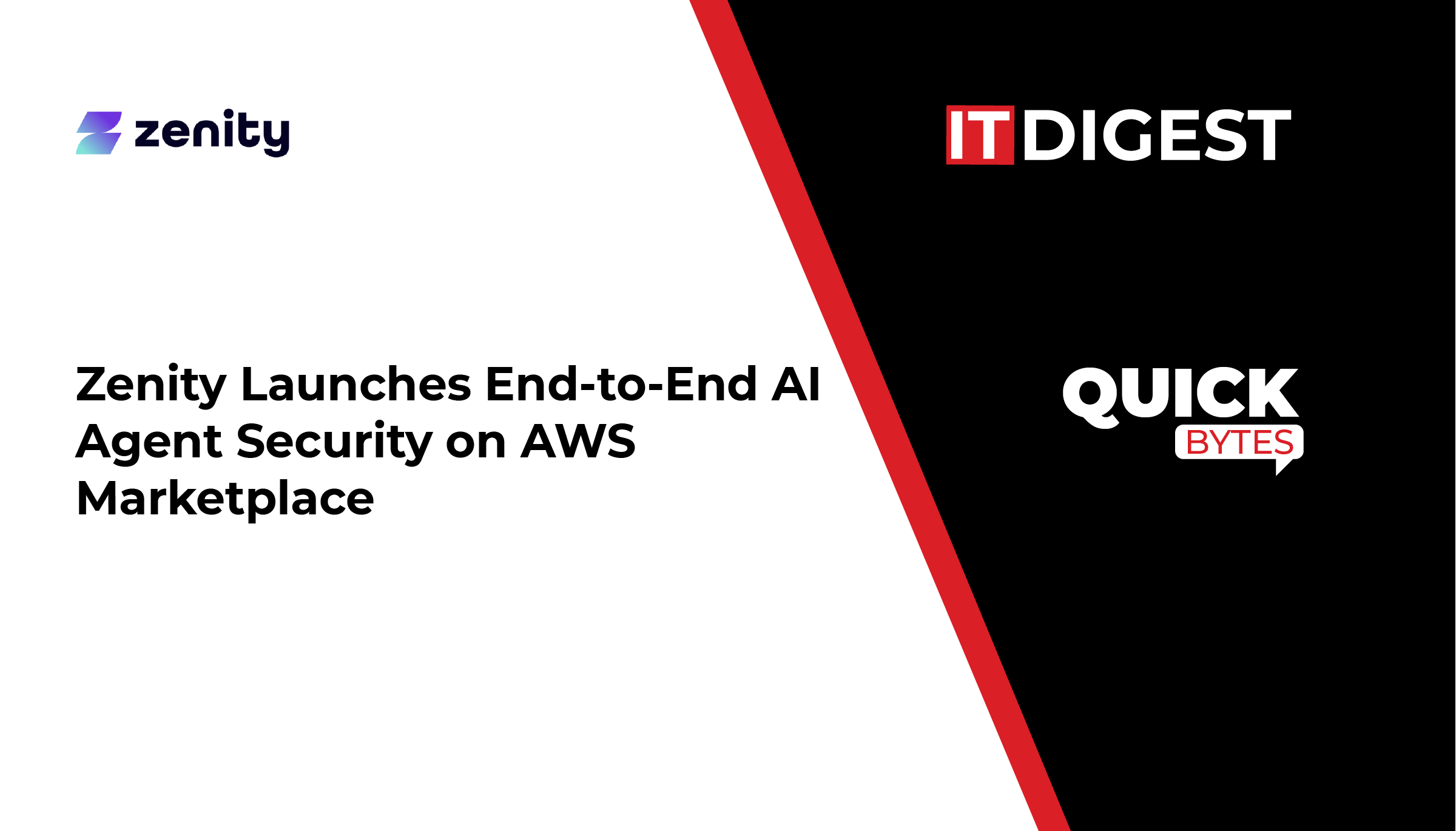In today’s digital world, where technology is intertwined with every aspect of our lives, the need for robust cybersecurity measures has become paramount.
With the significant rise in cyber threats, including hacking, data breaches, and ransomware attacks, cybersecurity has become a critical concern for individuals, businesses, and governments alike In 2023, 2,365 cyberattacks hit 343,338,964 victims. This year’s data breaches spiked by 72% compared to the previous record set in 2021.
These statistics indicate the pressing need for businesses to use proper security measures. Let’s delve in and understand everything about it.
What is Cybersecurity?
Cybersecurity is the practice of protecting computer systems, networks, and data from unauthorized access, theft, and damage. It involves implementing technologies, processes, and best practices to ensure the confidentiality, integrity, and availability of information.
Types of Cybersecurity
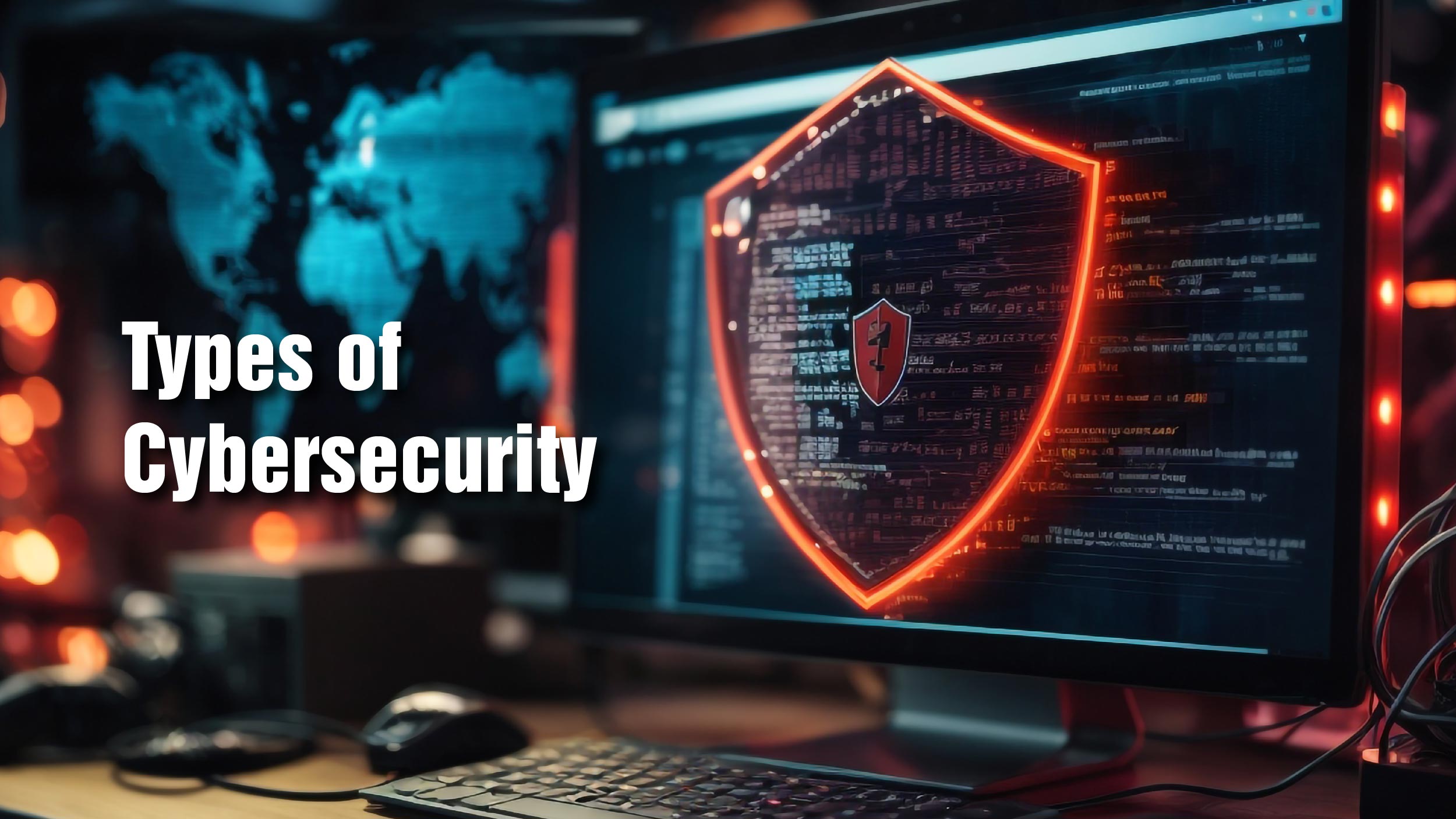 Here’s an overview of some widely recognized types:
Here’s an overview of some widely recognized types:
- Application Security: Concentrates on thwarting unauthorized access and usage of applications and their associated data. It involves identifying and rectifying vulnerabilities during application design and development.
- Network Security: Safeguards data from unauthorized access via computer networks, utilizing software and hardware technologies to fend off diverse threats.
- Cloud Security: Protects data stored in cloud computing environments, employing encryption, access controls, and data backup to ensure cloud system security.
- Endpoint Security: Shields individual devices like laptops, smartphones, and tablets from cyber threats using measures such as antivirus software, firewalls, and encryption.
- Data Security: Focuses on safeguarding sensitive data from unauthorized access, modification, or destruction through encryption, access controls, and data backup.
- Identity and Access Management (IAM): Manages and controls user access to digital systems and resources, incorporating strong authentication, authorization, and user provisioning.
- Security Awareness and Training: Educates individuals on cyber threats and best practices through training programs, awareness campaigns, and regular updates.
- Disaster Recovery and Business Continuity: Prepares for and recovers from cybersecurity incidents and other disasters using measures such as data backup, incident response planning, and system redundancy.
- Physical Security: Protects the physical infrastructure housing digital systems through measures like access controls, surveillance systems, and security personnel.
- AI Security: Ensures the security of AI systems, safeguarding them from cyber threats and maintaining the integrity and reliability of AI algorithms and models.
While these are prominent security measures, it’s crucial to acknowledge that cybersecurity is multifaceted, and additional specialized areas may exist depending on specific industry needs and emerging technologies.
Cybersecurity Trends and Use Cases
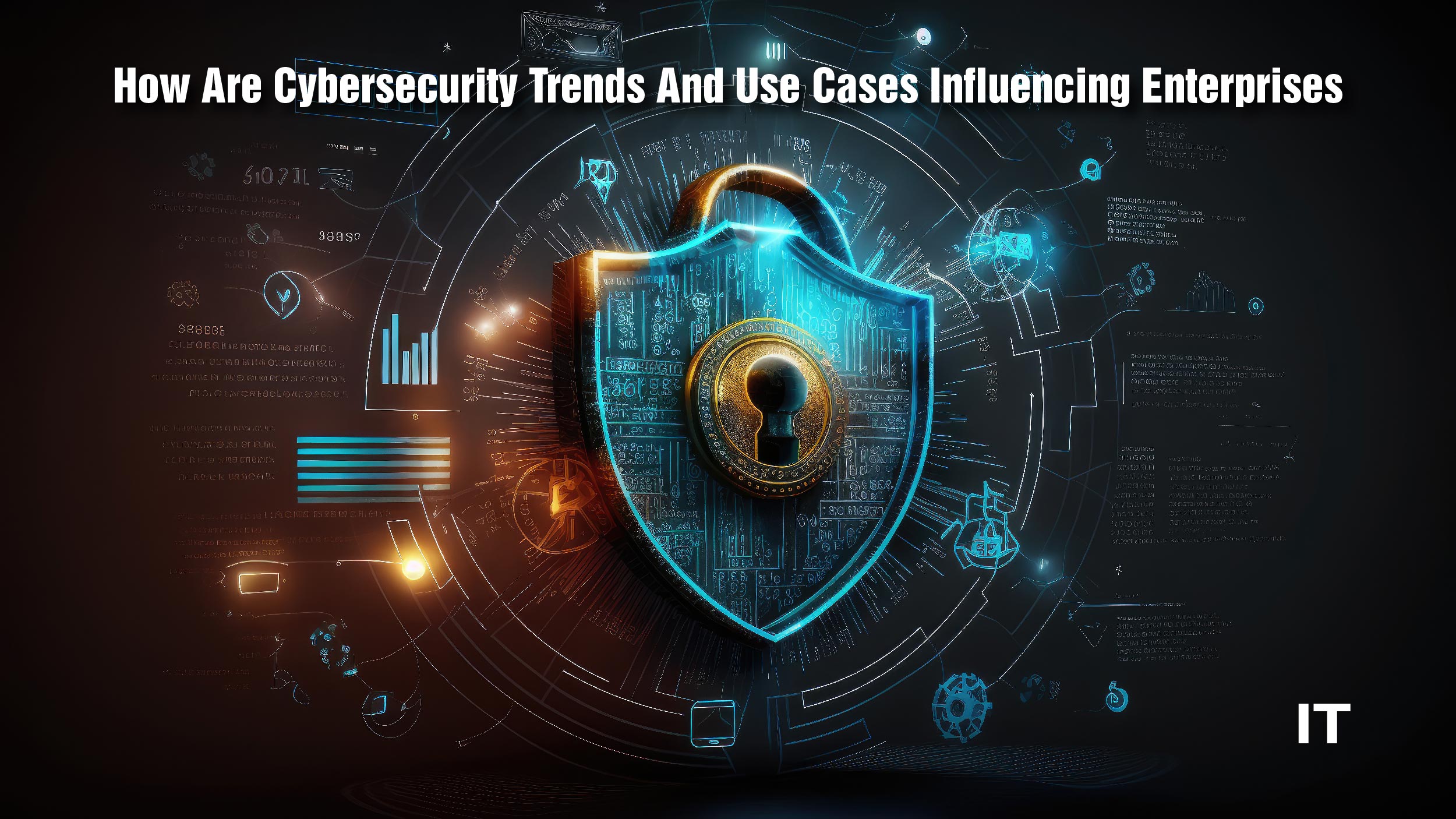 Trade-offs are the foundation of business. Corporate operations are made simpler by digital technologies since they speed up information flow. On the other side, they give fraudsters fresh opportunities to embezzle money from firms.
Trade-offs are the foundation of business. Corporate operations are made simpler by digital technologies since they speed up information flow. On the other side, they give fraudsters fresh opportunities to embezzle money from firms.
Here are five significant trends and use cases that highlight the impact they have on different organizations:
Zero Trust Cyber Security
Business models and worker dynamics are changing as a result of the shift to cloud and hybrid IT systems, expanding the presence of corporate assets outside the traditional security perimeter. It takes both distributed policy enforcement and centralized policy orchestration to provide more responsive security control to safeguard these exposed assets.
Effective authentication and authorization are made possible by the zero-trust security architecture, ensuring that only authorized users and apps can access the protection surface. Utilizing network segmentation, multi-layered threat prevention, lateral movement limitation, and granular user access control ensures ongoing trust evaluation.
Also Read: Endpoint Security: What is it, How Does it Work and Why is It Important?
Privacy-Enhancing Computation
Data privacy concerns are amplified by the expansion of digital technology and data usage because enterprises are compelled to protect data privacy because their organizational structures are based on data. In-depth analysis is necessary for data processing operations involving personal data transfers, fraud analytics, data monetization, and other operations. By enabling secure data sharing and cross-regional collaboration, privacy-enhancing computation can assist companies in maintaining privacy and security.
In order to secure data in use while retaining secrecy, privacy-enhancing computation is mentioned as one of the top strategic technology developments of 2022 by Gartner. By 2025, half of all businesses will use multi-party analytics and privacy-enhancing computing to manage sensitive data in untrusted environments, meeting the rising need for secure data exchange.
By the end of 2023, almost 75% of the world’s population had their private information protected by modern privacy standards. Also, regulatory organizations will step up their efforts and demands in response to the increased number of security breaches by establishing new privacy regulators and closely reviewing cybersecurity readiness.
IoT with a 5G network poses new risks
A new age of connectedness with the Internet of Things will be possible thanks to the development of 5G networks (IoT). Due to the connectivity between numerous devices, they are also more susceptible to outside interference, assaults, or unidentified software bugs. Even Chrome, the most widely used browser on the planet and one that Google endorses was shown to have serious issues.
As 5G architecture is so new to the market, extensive study is needed to identify vulnerabilities and strengthen the system’s defenses against outside threats. We are unaware of any network threats that the 5G network may be subject to at any time. Manufacturers must take extreme care while developing cutting-edge 5G hardware and software to avoid data leaks.
Continuously Evolving Ransomware
Using the advantages of digital platforms while reducing cyber hazards can be made possible for businesses by being aware of current cybersecurity trends and use cases. One of the major problems with cyber security that businesses confront globally is ransomware attacks. According to an IBM analysis, the average cost of a data breach in 2021 was $3.86 million, which was the largest amount in 17 years.
Cybercriminals steal private information and demand cryptocurrencies or other kinds of payment. Additionally, organized cybercrime groups encrypt data and threaten to disclose private information unless victims pay a ransom, increasing the possibility that data will not only be lost but also be made public.
These attacks will keep evolving and adapting, becoming more sophisticated, focused, and expensive. According to the Sophos Threat Report, extortion will be a major focus of cybercrime in 2022. Attackers who switch their attack emphasis from data encryption to data exfiltration will maximize their financial rewards.
BYOD Screams Vulnerabilities
Over the past few years, mobile technology has advanced quickly, improving information mobility. BYOD policies are being embraced by businesses and employees because they provide greater flexibility. These devices frequently connect to corporate networks, increasing the attack surface and raising the possibility of losing critical data significantly.
Notwithstanding the worries, Bitglass Research reveals that 30% of firms have implemented BYOD without deploying any malware security. The same study reveals that data loss or leakage is an organization’s top security worry (62%). Furthermore, a startling 49% of organizations are unaware of unmanaged devices that have access to corporate resources and the capability to download malware.
Every other device that makes use of the company’s systems is an endpoint that must be protected because it could be used as an attack vector. However, by adopting a continuous monitoring strategy and utilizing automated programs for third-party penetration testing programs and real-time vulnerability management, you can benefit from BYOD and mobile devices.
Final Takeaway
Cybersecurity is an essential practice in today’s digital landscape. It involves protecting computer systems, networks, and data from unauthorized access, theft, and damage. With the increasing sophistication of cyber threats, individuals and organizations must prioritize cybersecurity.




